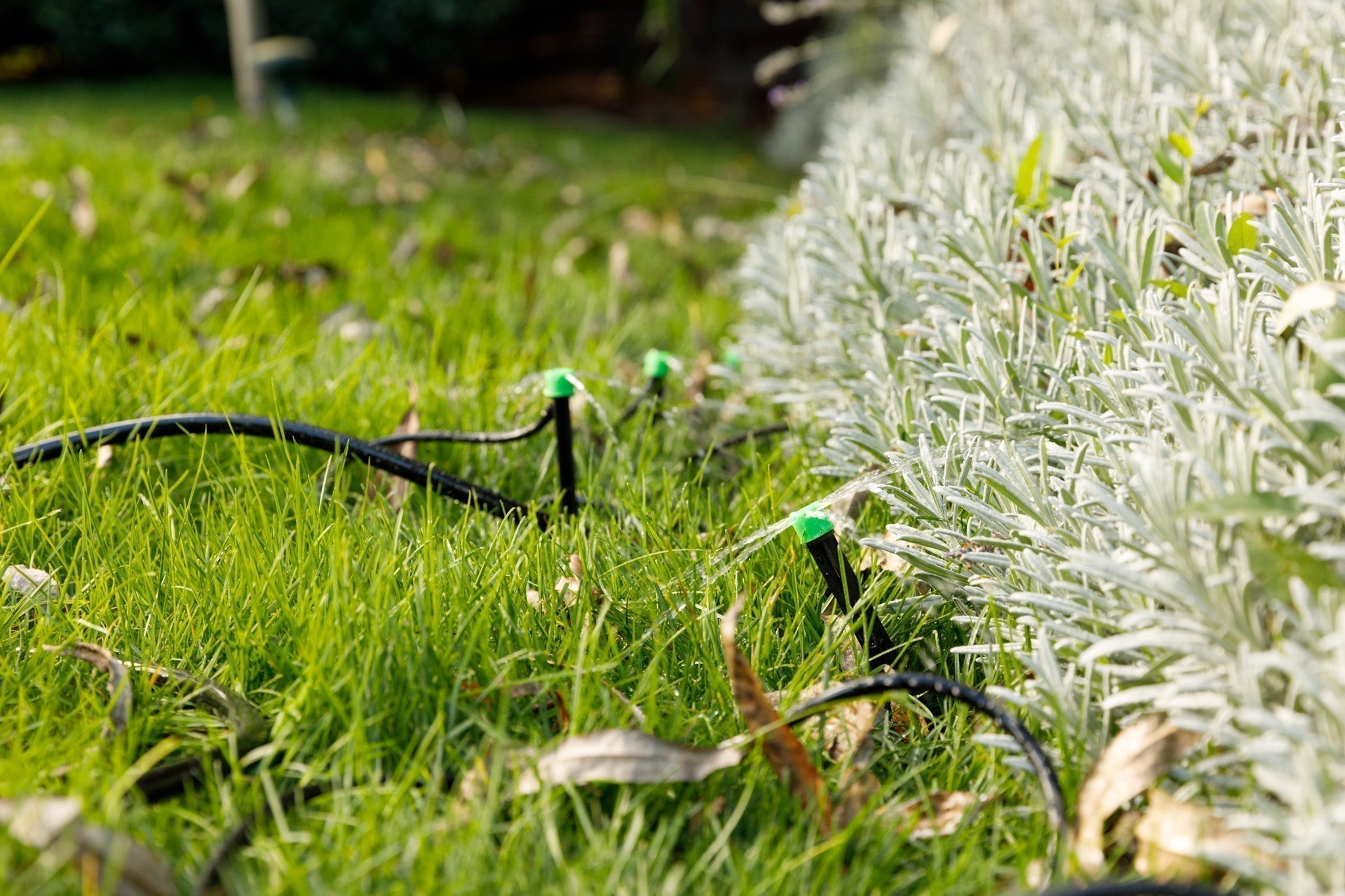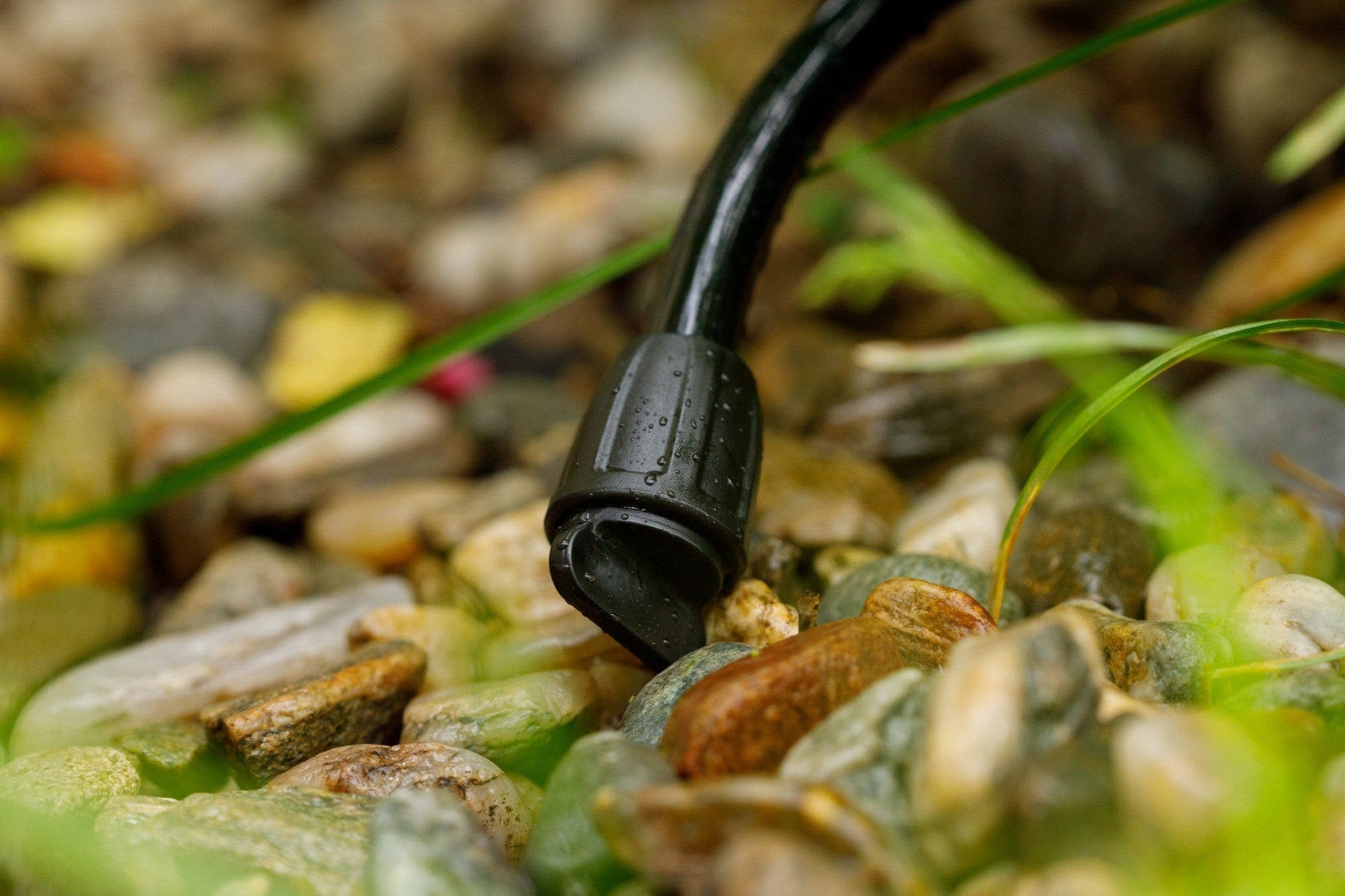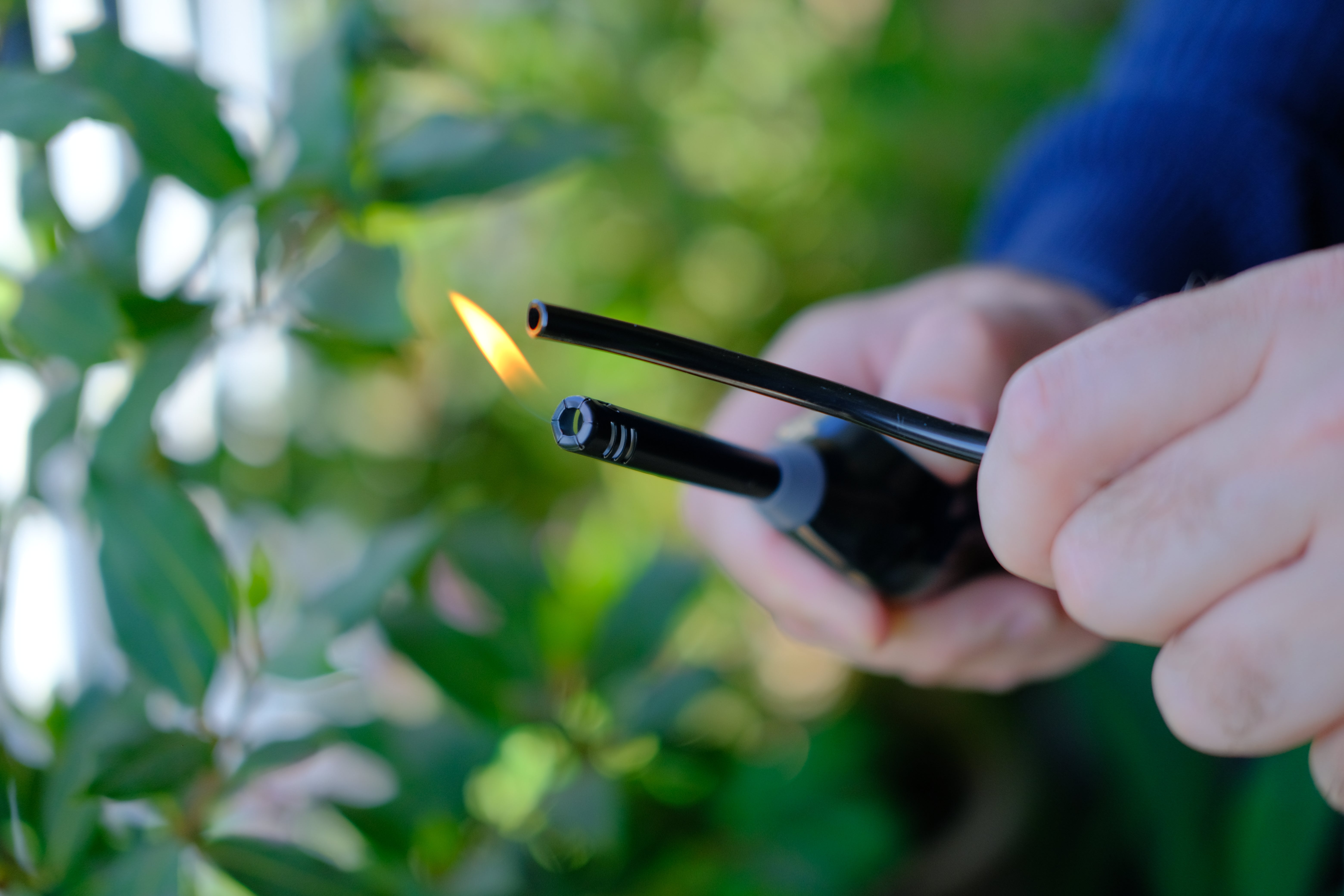A Brief History: Who Invented Drip Irrigation
Drip irrigation has ancient roots in clay pot irrigation across Asia and the Middle East. The modern system was pioneered in the 1950s by Israeli engineer Simcha Blass and his son Yeshayahu. Their discovery—that a small, controlled leak near a tree produced vigorous growth—led to emitters that use long, friction-based pathways for even water release. That breakthrough underpins today’s efficient drip systems for gardens worldwide.
Table of Contents
- A Brief History: Who Invented Drip Irrigation
- Understanding Core Components
- Common Failure #1: Emitters (Drippers)
- Common Failure #2: Tubing
- Common Failure #3: Connectors & Fittings
- Common Failure #4: Filters & Pressure Regulators
- Common Failure #5: Timers & Controllers
- Preventive Maintenance Tips
- Replacement Buying Guide
- Troubleshooting Reference Chart
- FAQ (Collapsible)
- Conclusion
Understanding Your Drip System’s Core Components
| Component | Function | Common Issues |
|---|---|---|
| Emitters | Deliver water to plant root zones | Clogging, uneven flow, leaks |
| Tubing (Mainline & Branch) | Transport water through the network | UV cracking, punctures, kinks |
| Connectors & Fittings | Join tubing and peripherals | Loose joints, blowouts |
| Filters | Remove sediment and debris | Clogging, pressure drop |
| Pressure Regulators | Stabilize system pressure | Wear, sediment fouling |
| Timers & Controllers | Automate watering schedules | Battery failure, electronics |
Illustrative Failure Share
Common Failure #1: Emitters (Drippers)
Common Problems
- Clogging from sediment, algae, or mineral buildup.
- Uneven flow due to pressure variation or partial clogs.
- Leaks from worn barbs or loose connections.
Symptoms
- Dry plants at line ends
- Water spurting instead of dripping
- Puddling near certain emitters
Fix or Replace
-
Standard cleaning / recovery procedure
-
With the water turned on, remove the adjustable cap and make sure water runs clear from the barb.
-
Check and clean the adjustable cap for calcium/lime deposits or debris as needed.
-
Reconnect the cap, turn on the water supply, and screw/unscrew the cap to set the desired water output.
Other frequent issues & quick fixes
-
Water squirting upward or leaking at the cap
• This usually happens if the cap is not screwed on enough. Tighten it slightly.
• If that doesn’t work, remove and re-screw the cap correctly. -
Emitter popping off / leaking at the tube connection
• Often caused by the tubing not fully pushed over the barb or by excessive pressure.
• Reconnect the tube, making sure it fully covers the barb, and check system pressure (do not exceed 40 PSI).
• You can also cut a small section of the tube where it was first connected and reconnect to a fresh segment. -
Emitter damage from squirrels/rodents
• Rodents may chew emitters to access water. Provide alternate water sources (small containers placed around the area) to deter them.
• If this doesn’t help, use wire screen mesh to restrict access to the emitters.
-
Choosing Long-Lasting Emitters
For long-term reliability, choose Carpathen drippers & emitters. They’re engineered for consistent flow, durability, and easy integration with Carpathen systems.
-
UV protection: Materials are stabilized to withstand sun exposure without becoming brittle.
-
CAL65 compliant: Built for safety and peace of mind.
-
Clog-resistant design: Made to handle real garden conditions
-
Easy integration: Works seamlessly with 1/4" lines and Carpathen accessories.
Common Failure #2: Tubing
Common Problems
- UV degradation and cracking
- Rodent or tool punctures causing leaks
- Kinks restricting flow
- Tubing being blown off
Quick Troubleshooting
- Walk the line; look for splits and wet spots.
- Flush the run from the end cap.
- Ensure tubing is fully pushed over the barb.
- Check system pressure; do not exceed 40 PSI.
- If needed, cut the small section where it was connected and reconnect to a fresh segment.
Choosing Durable Tubing
- Choose Carpathen tubing for UV-resistant, durable performance (above or below ground).
- Helps minimize evaporation, keeping plants hydrated with less waste.
- Reliable across seasons and outdoor conditions.
- A long-lasting, efficient supply line that can help reduce water bills.
Common Failure #3: Connectors & Fittings
Common Problems
- Leaks at junctions from loose or worn parts
- Blowouts when sizes or systems are mismatched
- Hard-to-operate fittings in cold weather
How to Fix
- Confirm exact size compatibility (OD/ID) with your tubing and stay within one system (barbed or push-to-connect).
- Use Carpathen barbed or Carpathen push-to-connect designs for stronger grip and faster assembly.
- Replace brittle or cracked pieces with new Carpathen fittings; keep spares for quick swaps.
Choosing Durable Connectors
For dependable, leak-secure builds, use barbed connectors when you want a strong mechanical grip on standard PE drip lines (ensure OD/ID match and the tube is fully seated), and choose push-to-connect when you need fast, tool-free assembly and easy modular changes. Stick to one system per run (don’t mix barbed with push-to-connect on the same joint) and verify size compatibility to prevent blowoffs.
For consistent results across the system, use the Carpathen fittings collection—available in both barbed and push-to-connect options with tees, couplers, end caps, and multi-way splitters designed to seal tight and simplify setup.
Common Failure #4: Filters & Pressure Regulators
Common Problems
- Clogged screens throttling flow
- Regulator wear or sediment fouling
- Corrosion in metal housings
Troubleshooting Steps
- Remove, rinse, or replace filter screens.
- Check regulator for sediment; replace if inconsistent.
- Test pressure with a gauge to confirm setpoint.
Choosing Reliable Units
| Feature | Ideal Spec |
|---|---|
| Filter Micron/mesh | 150–200 mesh for gardens |
| Output Pressure | 25–40 PSI typical |
| Housing Material | Brass or reinforced polymer |
| Serviceability | Tool-free disassembly preferred |
Common Failure #5: Timers & Controllers
Common Problems
- Dead batteries or corroded contacts
- Glitches in digital interfaces
- Valve malfunctions leading to over/under-watering
Fix or Replace
- Replace batteries on a seasonal schedule.
- Factory reset if programming behaves erratically.
- Choose weather-resistant, outdoor-rated housings.
Features That Last
| Feature | Benefit |
|---|---|
| Rain Sensor Ready | Skips cycles during rainfall |
| Battery Backup | Keeps schedules on power loss |
| Weatherproof Case | Prevents moisture damage |
| Multi-Zone Support | Handles complex garden layouts |
Preventive Maintenance Tips

- Flush lines at least once per season to purge sediment.
- Inspect tubing monthly for leaks and UV cracking.
- Clean filters every 2–4 weeks during peak season.
- Keep spares (emitters, couplers, end plugs) on hand.
- Right-size pressure with regulators matched to supply.
Replacement Buying Guide
| Component | Carpathen Option | Materials / Key Notes | Recommended Pressure |
|---|---|---|---|
| Emitters (Drippers) | Carpathen Drippers & Emitters | UV-protected, CAL65 compliant; adjustable cap; serviceable/cleanable. | Best at 20–40 PSI (keep system ≤ 40 PSI) |
| Tubing | Carpathen Drip Tubing (mainline & 1/4" distribution) | UV-stabilized PE; BPA and phthalates free, above-/below-ground use; helps minimize evaporation. | Operate within system ≤ 40 PSI |
| Connectors & Fittings | Carpathen Barbed or Push-to-Connect sets (tees, couplers, end caps, splitters) | Reinforced polymer; leak-secure grip; use one system per run (don’t mix joints). | Up to 45 PSI (match system ≤ 40 PSI) |
| Hose Splitters | Carpathen Garden Hose Splitter | Leak-Proof Design – Includes an aluminum alloy swivel connector and rubber gaskets to prevent drips and water waste. | Follow supply; keep downstream drip ≤ 40 PSI |
FAQ
Why is my drip system losing pressure?
A pressure drop usually stems from clogged emitters, pinhole leaks, or a failing regulator. Inspect for kinks, flush the lines, then test/replace the regulator if needed.
How often should I replace my emitters?
Quality emitters often last 2–4 years. Replace when output becomes inconsistent or cleaning no longer restores flow.
Can I mix different brands of drip irrigation parts?
Yes—if diameters match exactly (OD and ID). Even tiny differences can cause leaks or blowoffs.
Do I need a pressure regulator for my home garden irrigation system?
Usually yes. Many household supplies exceed 45 PSI, which can damage emitters/fittings. Regulators protect the whole network.
What’s the best time to water using a drip system?
Early morning or late evening minimizes evaporation and improves deep soil uptake.
Conclusion

Keeping a home garden irrigation system reliable comes down to understanding weak points and choosing robust replacements. From the early innovations of who invented drip irrigation—Simcha Blass—to today’s smart controllers and PC emitters, drip technology continues to evolve for efficiency and plant health.
Use the reference chart, buying guide, and maintenance cadence in this article to prevent failures before they start. With the right components and a few seasonal checks, your drip systems for gardens will deliver consistent, water-wise growth year after year.
drip systems for gardens, home garden irrigation system, who invented drip irrigation






































